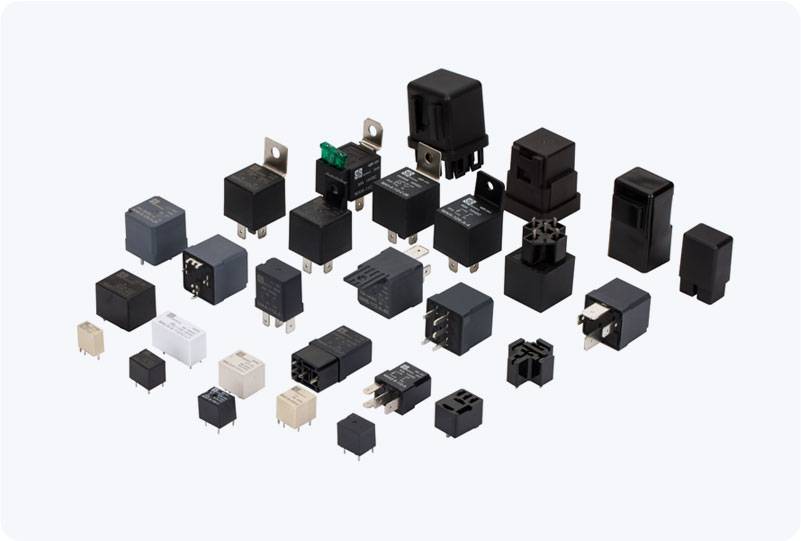As electric vehicles (EVs) become increasingly popular, the demand for reliable and efficient charging infrastructure is growing rapidly. Among the various components that make up a charging station, the DC Charging Station Relay plays a pivotal role in ensuring the safe and efficient operation of fast charging systems. This article delves into the function, importance, and features of DC Charging Station Relays, exploring how they help power the future of electric mobility.

Understanding the Role of DC Charging Station Relays At its core, the DC Charging Station Relay is a type of electrical switch that controls the flow of current within a Direct Current (DC) fast charging system. Unlike Alternating Current (AC) chargers, which are generally slower and used in home settings, DC fast chargers supply high voltage DC directly to the EV’s battery, enabling much faster charging times. This is where the relay comes into play. The relay acts as a gatekeeper, regulating the high current and voltage that are needed for fast charging. It ensures that the current flows correctly from the charging station to the vehicle’s battery, while also preventing overcurrent, short circuits, and other electrical issues that could damage the equipment or the EV’s battery.
Leave a Reply
You must be logged in to post a comment.